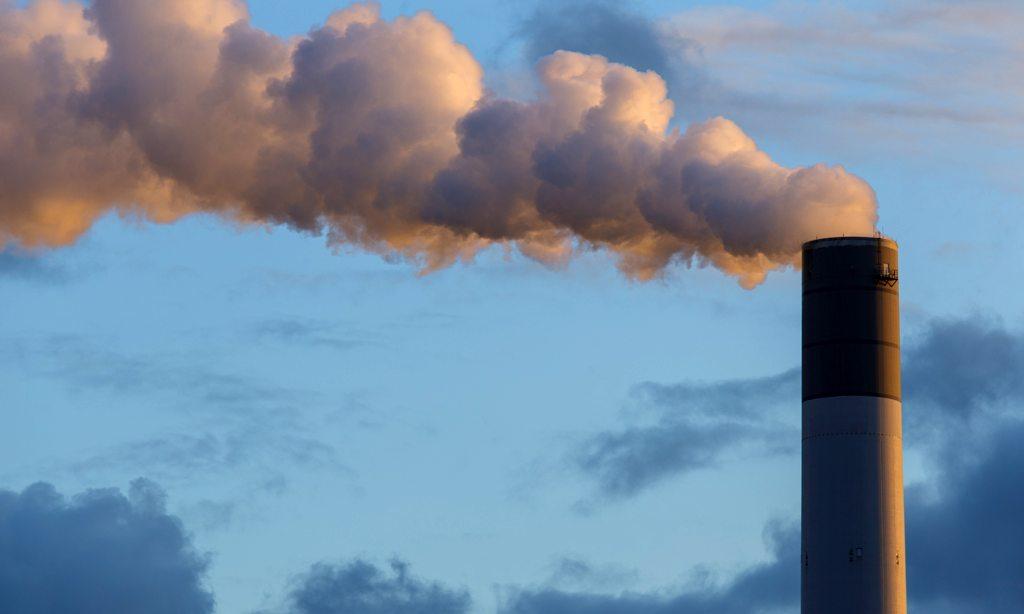Most of the publicity in recent years about clean air plans has been about NOx pollution from vehicles, but now the spotlight is turning towards particulate pollution. The government is consulting on targets which appear much too weak. This article explains the background and encourages you to respond to the consultation.
Particulate pollution comes from a number of sources, including industrial and domestic burners, vehicle emissions and tyre, brake, and road dust. PM2.5 particles can penetrate deeply into the lungs and enter the bloodstream and other organs including the heart and brain. PM2.5 has both short term and long-term impacts on human health. Short-term exposure to elevated levels is known to exacerbate the impact of pre-existing respiratory and cardiovascular health conditions, with elderly people and children being the most vulnerable groups. Long-term exposure is linked to a number of health conditions including asthma and other respiratory disease, cardiovascular disease, cancer, and there is increasing evidence of links to certain types of cognitive decline. It is known that there is no safe lower limit for PM2.5 exposure.
The World Health Organisation sets guidelines for national limits on air pollution, based on scientific research. It revised those limits last year. A summary of the two leading guidelines is:
| Limits | WHO limit (annual average) | UK legal limit | ||
|---|---|---|---|---|
| (µg/m3) | 2005 | Sept 2021 | Current | Proposed target |
| NOx limit | 40 | 10 | 40 | n/a |
| PM 2.5 limit | 25 | 5 | 20 | 10 by 2040 |
It is reported that, across the world, 97% of cities do not meet the latest WHO PM2.5 air quality guidelines.
Just as the government’s Covid rules have not been based solely on scientific advice, but have also taken into account economic factors, feasibility, and public acceptability, so too the government’s clean air target. The Treasury worries about the economic costs of clean air controls, the Department for Transport worries about the feasibility of reducing particulate pollution from vehicles, and the politicians think that banning domestic burners would take more political capital than they are willing to risk. This may explain the weak target proposed in consultation.
Campaigning organisations are challenging this. They are campaigning for setting the WHO-10 target by 2030. The Clean Air Fund commissioned a research study (see here) that purports to show that this is achievable and affordable: on the basis that drivers switch to electric vehicles, and the government implements policies it has already announced – that is, without any new expenditure commitments! This is based on modelling the future, which is of course uncertain and is based on certain assumptions. The government published its own modelling projections part-way through the consultation. The Chartered Institute of Environmental Health (CIEH) reports that the analysis shows that reducing concentrations of PM2.5 to 10 µg/m3 is achievable long before 2040, with evidence to show that this could be delivered by 2030.
The government consultation runs until 27th June. The consultation covers more than just air quality: it covers a range of subjects following the passing of the Environment Bill. The air quality questions are questions 45-48.
Alan Morris

